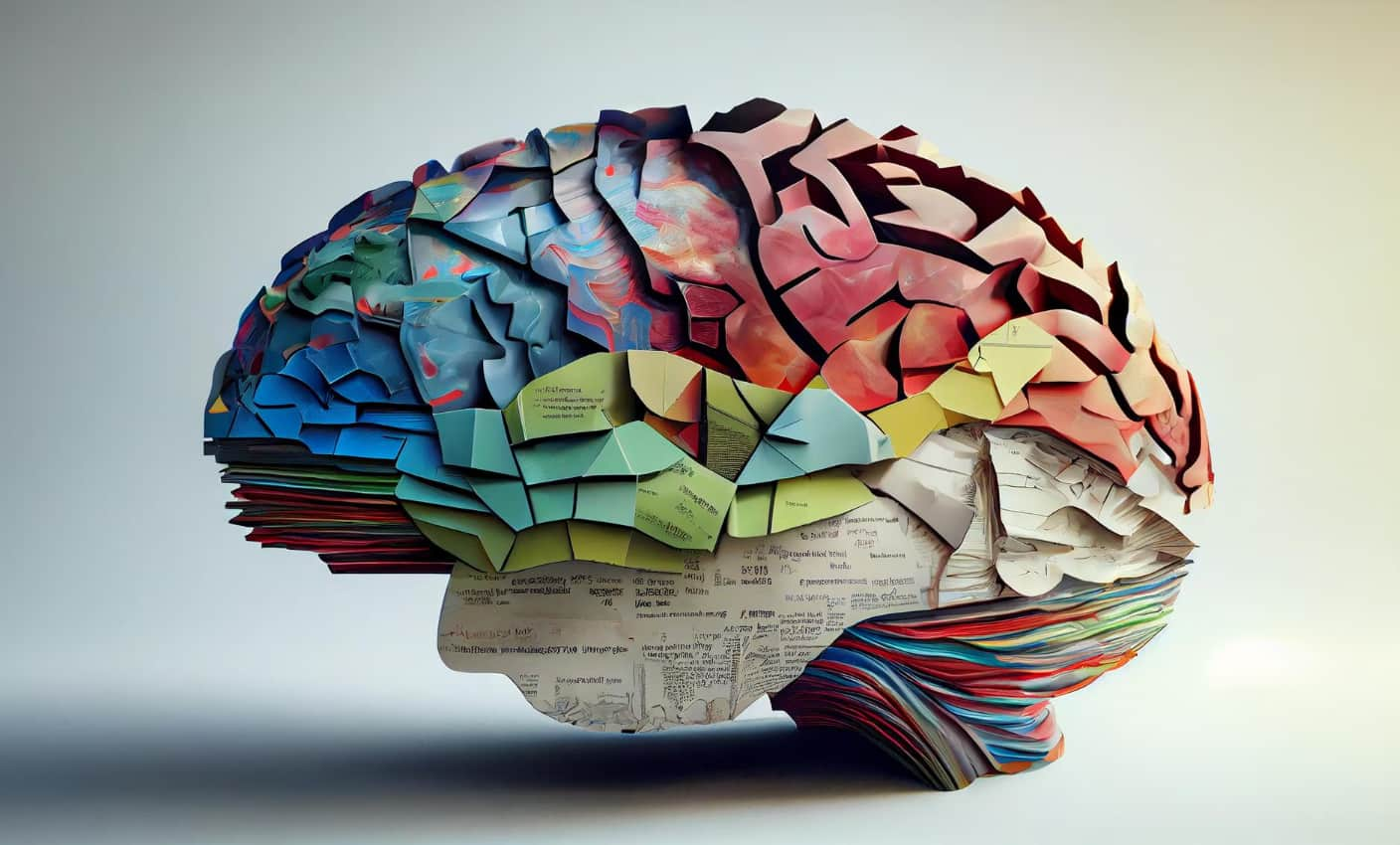Have you ever wondered how your brain can take in so much information from the world around you and make sense of it all? The answer lies in a fascinating process called parallel processing.
Parallel Processing Psychology

In this article, we’ll dive deep into the world of parallel processing psychology to understand what it is, how it works, and why it matters for both our everyday experiences and mental health treatment.
Get ready to have your mind blown by the incredible capabilities of the human brain!
What is Parallel Processing Psychology?
At its core, parallel processing psychology refers to the mind’s ability to handle multiple tasks simultaneously.
Let’s break that down with a simple example:
Imagine you’re looking at an apple on the table in front of you. In a single glance, your brain takes in information about the apple’s color, shape, size, and texture to correctly identify the object as an apple.
Incredibly, your mind processes all of these different characteristics at the same time that’s parallel processing in action!
But parallel processing psychology goes beyond just perception. It also plays a key role in how different systems and individuals interact with each other.
Here are a few key points to understand:
- Our minds exist within nested systems, from the individual level to societal institutions. What affects one part of the system impacts the whole.
- In mental health treatment, parallel processing can occur between a therapist and their supervisor, mirroring the therapist-client relationship.
- This process often happens unconsciously, but awareness of it is crucial for effective treatment.
How Does Parallel Processing in Psychology Work?
Now that we’ve covered the basics of what parallel processing psychology is, let’s take a closer look at the two main processes that drive it: transference and countertransference.
Transference
In the context of therapy, transference occurs when the therapist unconsciously takes on characteristics or thought patterns of the client during parallel processing.
This could happen for a few different reasons:
- The therapist is trying to put themselves in the client’s shoes to better empathize with their experiences.
- The therapist may be struggling with some of the same issues as the client.
- Many therapists enter the field because they see it as part of their healing journey.
When transference happens, the supervisor then models potential responses or solutions to the situation.
Countertransference
For a long time, psychologists believed that parallel processing only occurred in one direction—from client to therapist. However, more recent research has shown that it’s a two-way street.
Countertransference describes how the relationship between the therapist and supervisor is unconsciously reflected in the client. In other words, the therapist takes on the characteristics of the supervisor and passes along similar responses to the client.
To summarize, here’s a quick comparison of the two processes:
| Process | Direction | Description |
|---|---|---|
| Transference | Client → Therapist | The therapist takes on the client’s characteristics |
| Countertransference | Supervisor → Therapist → Client | The therapist takes on the supervisor’s characteristics and reflects them to the client |
The Benefits of Parallel Processing Psychology
So why does parallel processing matter in mental health treatment?
Let’s explore some of the key benefits:
- Accelerating progress: When therapy feels stuck in a loop, rehashing the same issues over and over, parallel processing can provide a fresh perspective to break the cycle.
- Supporting therapists’ growth: Counselors are human too, and they face their challenges. Parallel processing helps identify and resolve conflicts that arise in the therapist-client relationship.
- Encouraging reflection: Regularly examining one’s progress and process is crucial for effective therapy. Parallel processing creates space for this type of reflective practice.
- Reducing stress: Being constantly exposed to others’ distress can take a toll, even for mental health professionals. Parallel processing provides an outlet to process and release some of that internalized stress.
Potential Drawbacks of Parallel Processing Psychology
While parallel processing offers many benefits, there are also some potential downsides to keep in mind:
- Lack of awareness: Transference and countertransference can happen unconsciously, without the therapist or supervisor realizing it. Without self-reflection, therapy may remain stuck in unproductive patterns.
- Power dynamics: Unlike the therapist-client relationship, the therapist-supervisor dynamic involves an imbalance of power that can impact careers. This may lead to discomfort or defensiveness in simulating the counseling relationship.
- Overuse and exhaustion: Parallel processing is a valuable tool when used wisely and in appropriate contexts. However, relying on it too heavily can make it feel unnecessary and draining.
Frequently Asked Questions
- Is parallel processing psychology a new concept?
- No, the idea of parallel processing has been around in psychology for decades. However, our understanding of how it works and its applications in therapy has evolved.
- Can parallel processing psychology be used outside of mental health treatment?
- Absolutely! Parallel processing is a fundamental aspect of how our brains function, so it comes into play in all areas of life. For example, it allows us to multitask and navigate complex social interactions.
- How can I experience parallel processing in my daily life?
- One simple way to notice parallel processing is to pay attention to your senses. When you encounter a new object, observe how your mind simultaneously takes in information about its appearance, sound, smell, and texture to understand what it is.
- Is parallel processing always a good thing?
- While parallel processing is a highly efficient and often beneficial function of our brains, there are times when it can be counterproductive. For instance, overthinking or trying to focus on too many things at once can lead to stress and decreased performance.
- Can parallel processing psychology be learned or improved?
- Like any skill, becoming more aware of and intentional about parallel processing takes practice. Regularly reflecting on your thought patterns, seeking feedback from others, and engaging in mindfulness exercises can all help enhance your parallel processing abilities.
Conclusion:
Parallel processing psychology offers a captivating glimpse into the inner workings of the human mind. By allowing us to handle multiple streams of information simultaneously, parallel processing enables us to navigate the complex world around us with remarkable efficiency.
In the realm of mental health treatment, understanding parallel processing—particularly the processes of transference and countertransference is essential for fostering growth and healing.
While it’s not without its challenges, harnessing the power of parallel processing can lead to breakthroughs for both therapists and clients.
As we’ve explored in this article, parallel processing is a multifaceted phenomenon that shapes our perceptions, interactions, and overall functioning.
By deepening our awareness of how it operates within ourselves and our relationships, we can unlock new levels of self-understanding and cultivate more meaningful connections with others.
So the next time you find yourself marveling at the incredible feats of the human brain, remember: it’s all thanks to the wonders of parallel processing psychology!
By embracing this remarkable function of our minds, we open ourselves up to a world of endless possibilities for growth, healing, and transformation.



